Calathea: features, varieties and care
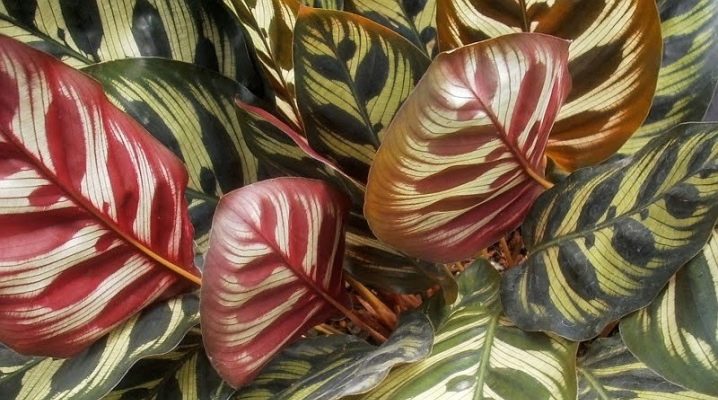
Calathea is a plant that you can fall in love with at first sight. It amazes with its beauty and sophistication. The flower attracts attention, first of all, with its huge variegated foliage. However, no less beautiful in calathea and flowers that stand out against the background of large leaves. Having decided to purchase such a beauty in your collection, you must first familiarize yourself with the rules of caring for her. After all, this plant has a rather capricious disposition.
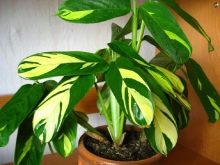
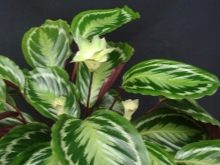
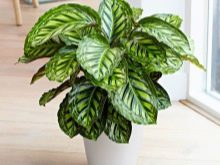
Description
Calathea grows in tropical forests and belongs to the arrowroot family. It is a perennial plant that has a well-developed root system, while it can have both a normal root and a tuber. Their sizes reach one meter, and sometimes even more. Calathea leaves are oval in shape and grow up to 30 centimeters or more in length. In addition, they can be both glossy and velvety, but one of its sides can be painted in reddish or even brown shades, which form rather complex patterns. Above, the leaves are divided into small segments by thin lines. All leaves are located on small internodes.
The vein that runs in the middle of the leaf used to be used for weaving baskets. It was from this fact that the name Calathea came from, which means "basket" in translation.


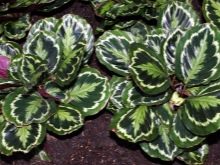
Many people call this plant "prayer flower". The name was given to him due to the fact that in the evening, calathea raises its variegated leaves up, as if hands in prayer. But in the morning they are located horizontally. Each year, such a houseplant throws out up to six leaves.
Calathea has flowers that slightly resemble inflorescences in the form of a spikelet. Flowering lasts approximately 3 weeks. In each species, it occurs at different times, from early spring to autumn. Their colors are quite varied from pale white to dark purple. Flowers of orange tone are especially beautiful.
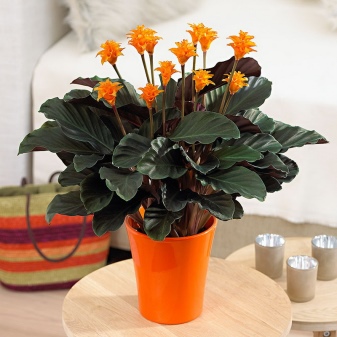

Difference from arrowroot
Calathea and arrowroot belong to the same family and have a lot in common. However, there are also differences.
Arrowroot is a pretty beautiful plant that can maintain its beauty throughout the year. However, the height of the plant does not exceed 20 centimeters. Even inexperienced gardeners can grow arrowroot.
But calathea is intended more for flower lovers with experience. After all, such a plant is quite capricious. In addition, calathea differs from arrowroot not only in the shape of the leaves, but also in height. In some cases, it can grow up to one and a half meters.


Views
There are a very large number of varieties of calathea, the plant has up to 300 species. It is worth considering the most common among them.
- Rufibarba. This is a beautiful and fairly branched bush. The leaves of the plant are very narrow and slightly wavy. Their top is emerald green, while the bottom is soft pink. Its petioles and one side of the leaves are covered with lemon-red fluff. This type of calathea does not like to be sprayed at all.
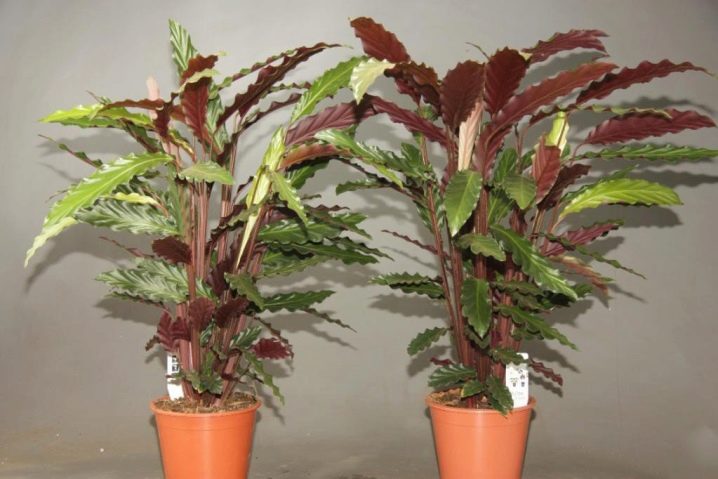
- Dotty. The variety is distinguished by oblong leaves, which have slightly pointed edges. They are painted with various designs. It seems that there is another leaf on the huge green leaf, slightly smaller.
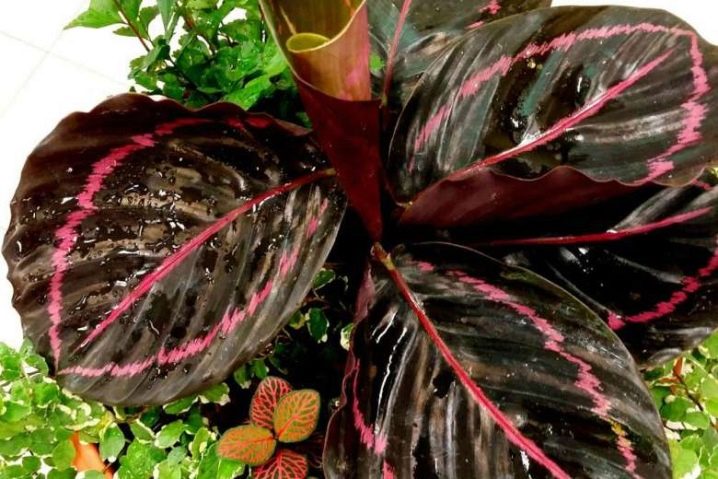
- Saffron. This type of calathea is distinguished by beautiful flowers that have an orange hue. They are placed on purple stems.The leaves of this plant are slightly wavy with a brown tint at the bottom of the leaf. Flowering lasts at least four months, and it begins in January.
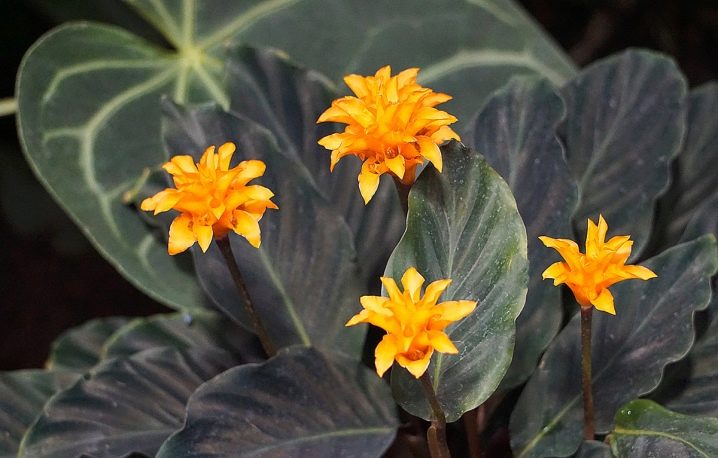
- Striped calathea. In other words, it is called zebrina. It can grow up to 80 centimeters. Its velvety leaves are up to 40 centimeters long. On top of the entire surface, you can see small stripes that slightly resemble the colors of a zebra. Therefore, she received such a name. In addition, the striped calathea has snow-white inflorescences.
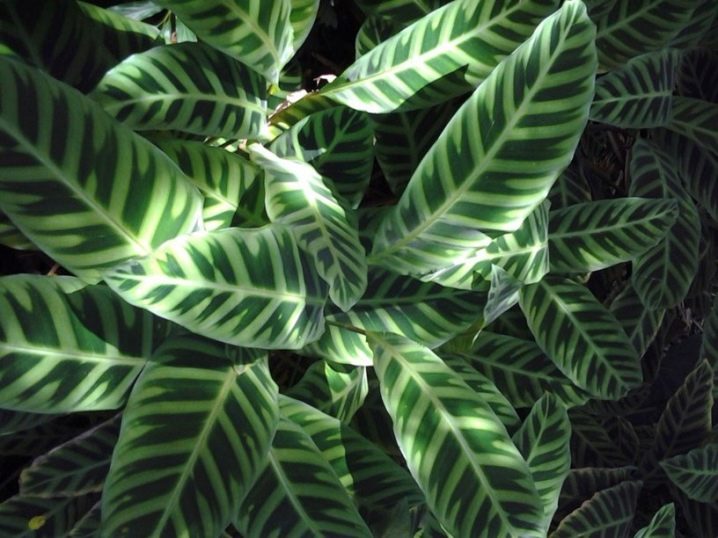
- "Majestic". In its shape, the variety is a bit like an asterisk. The leaves have a dark olive tint. From the very center of the leaf comes a beautiful white drawing.

- "Triostar". This calathea variety has rather long and narrow leaves. However, the drawing on them is completely ordinary. Pale stripes that are distributed a little chaotically over the entire surface of the leaves. In addition, the pattern is identical on both sides. The bottom of the leaf is colored crimson, while the top is of a delicate olive color.
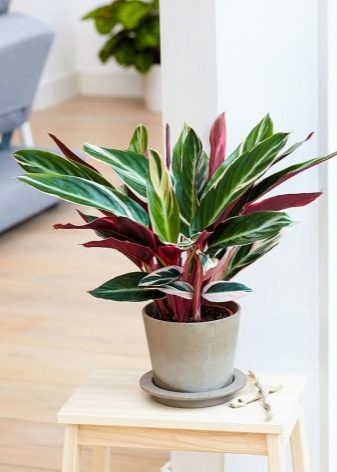
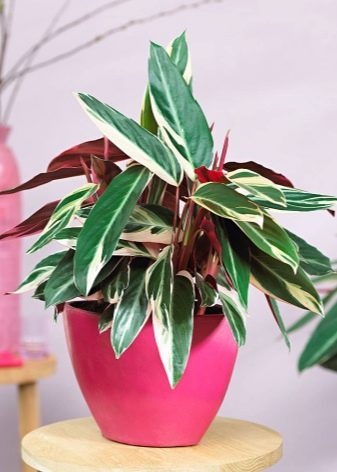
- Calathea Louise. The birthplace of this calathea is Brazil. However, it can often be found in some homes. The leaves of the plant are distinguished by a beautiful ornament, which consists of multi-colored stripes with dark green and light green colors. Below they are painted in bright lilac color.
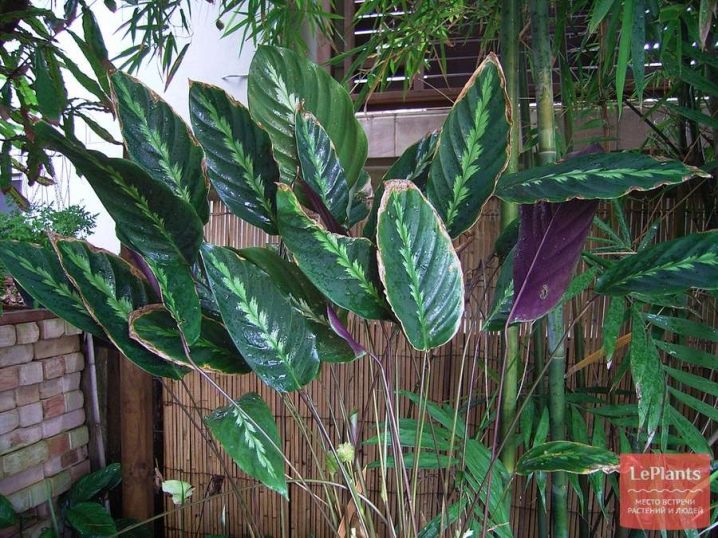
- Bahema. This is one of the most unpretentious types of calathea. Everyone considers the jungle of Brazil to be his homeland. This plant is quite attractive. It has beautiful narrow leaves that can be up to 40 centimeters long. Flowers of calathea bahema resemble a spikelet with a bright color.
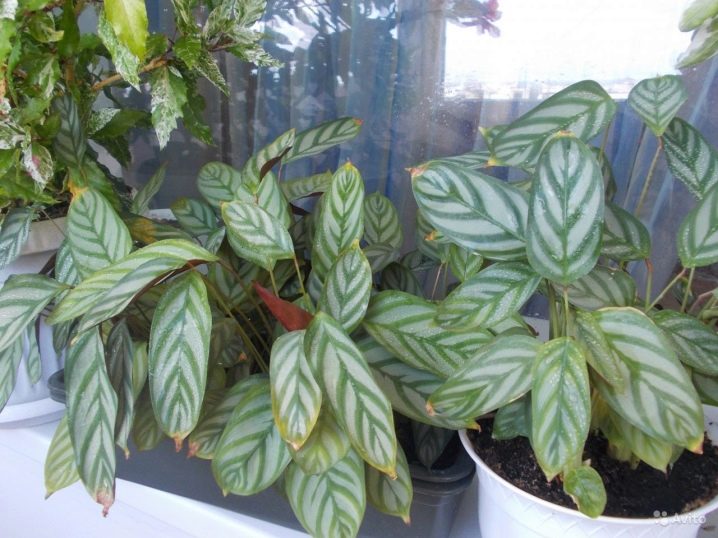
- "Sanderiana". This calathea has another name "Ornata". Colombia is considered her homeland. Under natural conditions, it grows huge, but at home only up to 70 centimeters. The leaves of this beauty are oval in shape, their length reaches 20 centimeters, and their width is up to 15 centimeters. The upper side of the leaf is colored dark green. In addition, it has lines in a silver or beige shade. But the bottom of the leaves is painted in burgundy color.

- Lanceolate or wonderful calathea. This plant grows up to 70 centimeters. The length of its leaves reaches 28 centimeters. In the middle of the leaf there is a rather convex vein, and lines of a dark olive color are placed over the entire surface.
In addition, the leaves have cuttings that are covered with small villi. Moreover, they are developing too rapidly.
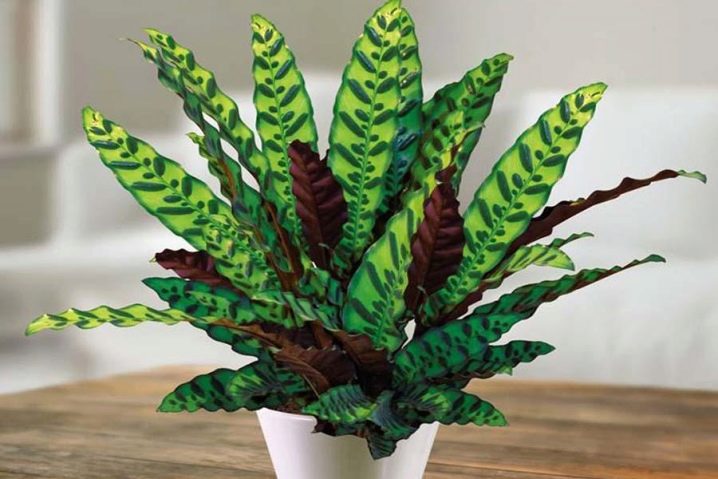
- Calathea Makoya. A relatively small plant, the height of which is no more than 50 centimeters. Its satin leaves are oval in shape with a wide and dark border placed at the very edge. The rest of the leaf surface has pink and bright green stripes. This flower is quite beautiful and attracts the eyes of almost every person.

- Mix. This plant is a bit like zebrin calathea. Its only difference is a series of lighter and darker stripes, which have a dull color.

- Orbifolia. This type of calathea is distinguished by rather large and wavy leaves, slightly resembling a fan in shape. They have a beautiful malachite color with light stripes that run across the leaves.
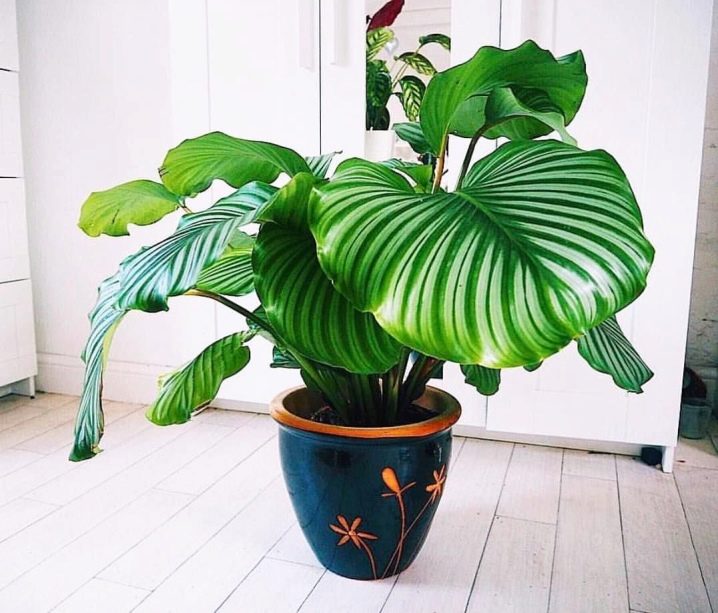
- Calathea Lubbers. This is a beautiful and rather tall plant, on which semicircular variegated leaves are placed. Quite bright lemon-colored stains are located on their surface.
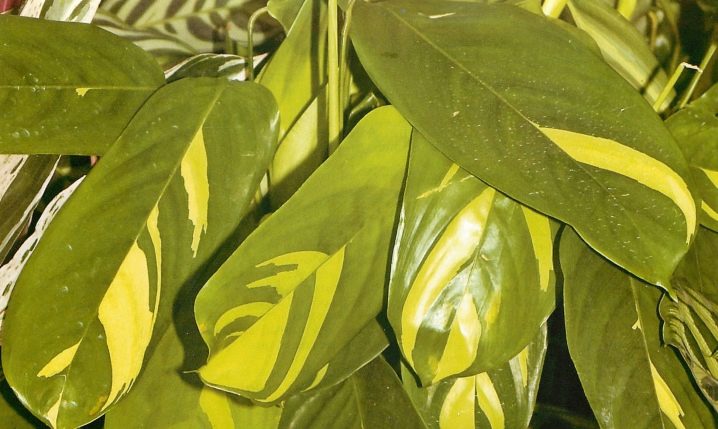
- Network. Many people call these plants in another way the mosaic calathea, since their leaves consist of patterns of various shapes. They are both colored and empty. The leaf itself is light in color, and its lines are brown. It seems that the leaves are painted a little chaotically, but if you look closely, you can see that all the intervals are absolutely identical.

- Roseopicta. This plant grows up to 85 centimeters. It has large oval leaves with a bright green color. Below, the color is red-brown. His flowers can be white, orange, and even purple.
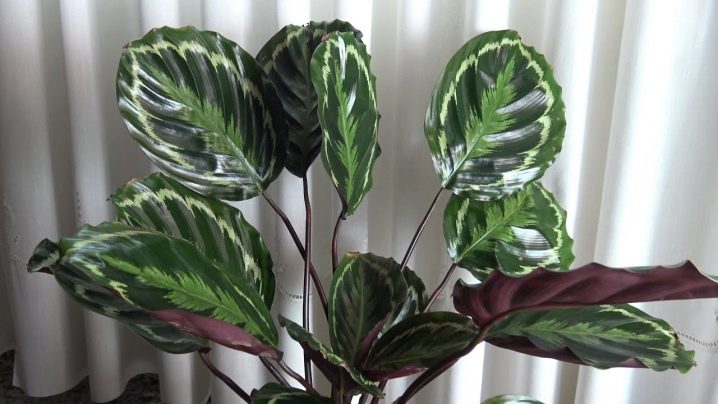
- Leopard print. This is a beautiful exotic plant that grows up to 75 centimeters in height. In addition, it is distinguished by oval leaves, the length of which reaches 25 centimeters. If you create the right conditions, this beauty will delight everyone with beautiful yellow inflorescences. Pollination can occur both independently and with the help of bees.
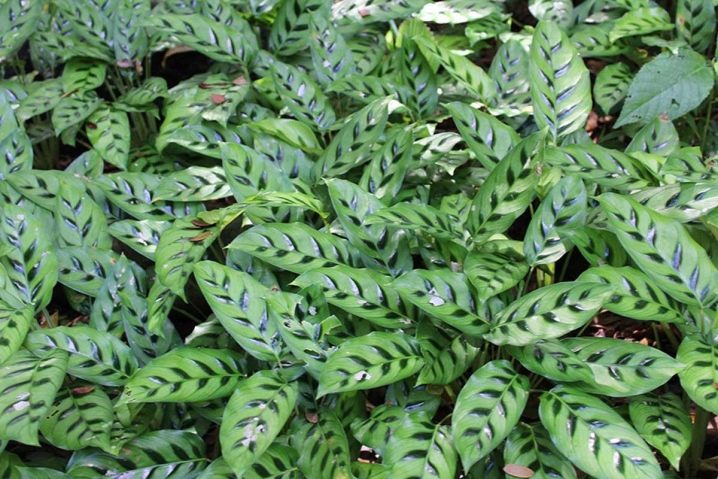
Here are the most popular types and varieties of calathea, which allow you to appreciate this beautiful plant at its true worth.
Conditions of detention
For each of the varieties and types of calathea, appropriate conditions for keeping will be required. This is, first of all, compliance with the temperature regime, as well as proper lighting. Although calathea is considered a plant that does not need sun, you should not put a pot with a plant in a dark place, as it may lose its attractiveness. There should be enough light in the place where it will be located.
You should also not allow sudden changes in temperature, otherwise the leaves will become softer. It is imperative to avoid drafts. The room temperature should not fall below +17 degrees and rise above +20 degrees Celsius.
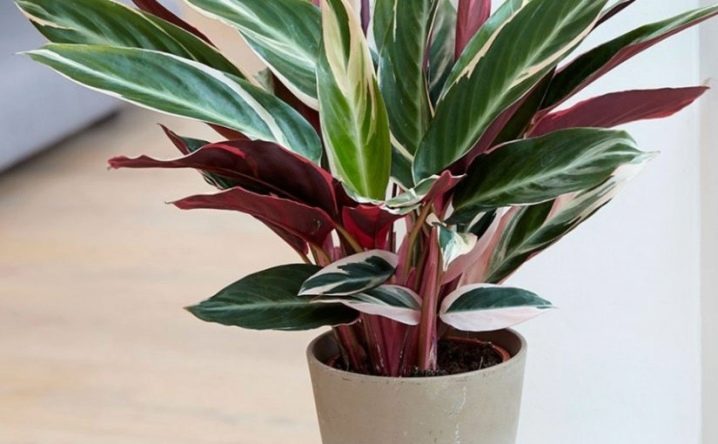
Transfer
To cope with such a task will not be difficult at all at home. The only thing you need is to find the right soil. First you need to familiarize yourself with the intervals in the transfer. For example, for very young plants, it needs to be done annually. But older plants can be transplanted every 3 years. Transplant is carried out in the spring.
Land is best purchased from specialized stores. When this is not possible, then the substrate can be made independently. For this you will need:
- 1 part deciduous humus;
- 1 part peat;
- 1 part coarse sand;
- drainage layer.

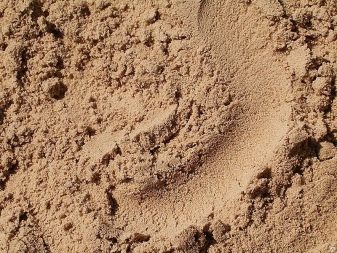
In addition, you must definitely buy a flowerpot, which will be quite wide, but at the same time not small. A drainage layer must be placed on its bottom. And on top there is a little cooked substrate. After that, carefully move the calathea into it, and then fill all the voids with the remaining soil.

How to care?
To grow such a plant at home, constant care is very important. It is especially relevant in winter. Indeed, at this time for calathea, it is imperative to increase the day. Artificial lighting will need to be extended to her until 10 pm. If there is not enough space in the apartment, then you can keep this beauty in partial shade.
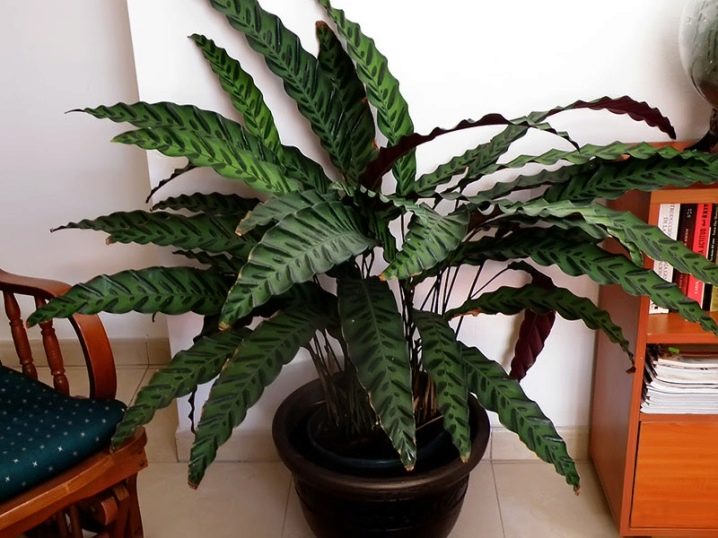
Watering
Probably the most important process is watering the calathea. First of all, you need to take care of the quality of the water. Better if it is collected in the rain. When this is not possible, then you can take ordinary tap water. Add a few handfuls of peat, previously wrapped in cheesecloth, to it. It will be ready for use in the morning. When watering, the water must be at room temperature.
In the spring and summer period, calathea should be watered 2-3 times a week, while watering should be abundant. But in winter this should be done much less often, it will be enough once in 8-9 days. All the water that remains after this procedure in the pan must be immediately poured out. This is done so that the root system does not fester.
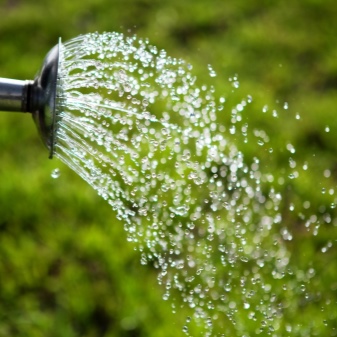
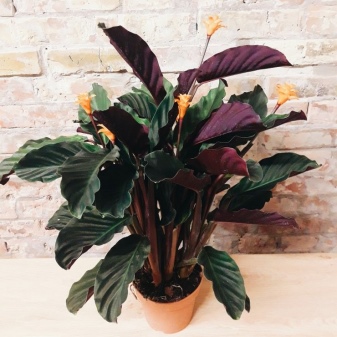
It is imperative to monitor the humidity in the room, it must be at least 90 percent. Of course, such a result is very difficult to achieve. However, it is still possible to do this. You can spray the plants or just wipe all the leaves with a damp sponge. In addition, several containers with water can be placed near the flowerpot.
However, when spraying, care must be taken that drops of water do not fall on the flower itself, but only on the ground around the plant.
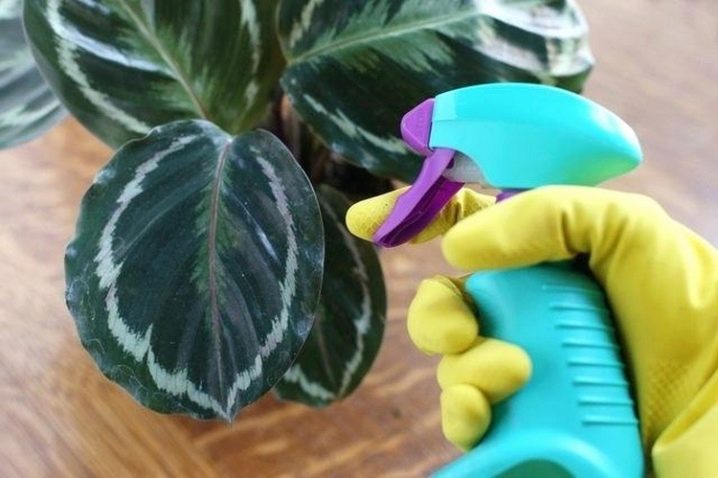
Top dressing
Fertilization is also important in the cultivation of calathea. However, with such a procedure, you need to be a little more careful. After all, any excess of them will immediately affect the plant. It is necessary to start feeding from April.For this, complex fertilizers are suitable, which are intended for deciduous ornamental plants. You need to do this once a month, and so on until the fall. In October, feeding must be stopped.
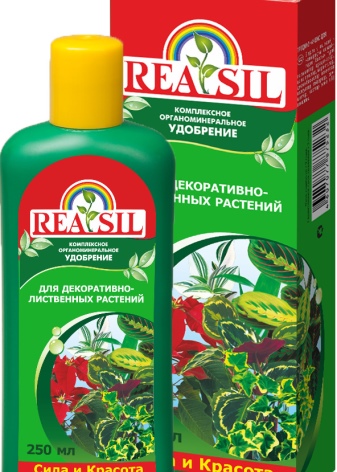
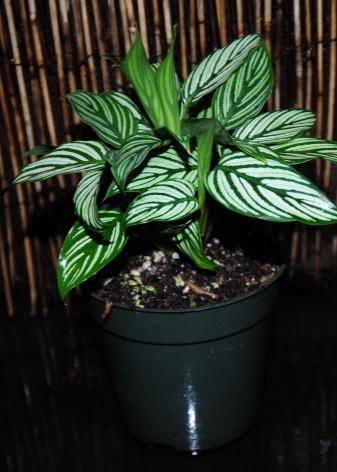
Reproduction
Calathea can be propagated by the method of dividing the bush, and by cuttings, and ordinary seeds. All of them need to be considered in more detail.
By dividing the bush
Such reproduction is done in the spring, when the plant is transplanted. To do this, the root must be divided into several approximately equal parts. Each root must necessarily have leaves.
After this procedure, they must be placed in prepared flowerpots with a special substrate. The diameter of the flowerpot should not be less than 9 centimeters. Then they must be placed in a warm and humid place. Lateral roots take a long time to form, however, if the process is completed successfully, the result will be more than one plant.
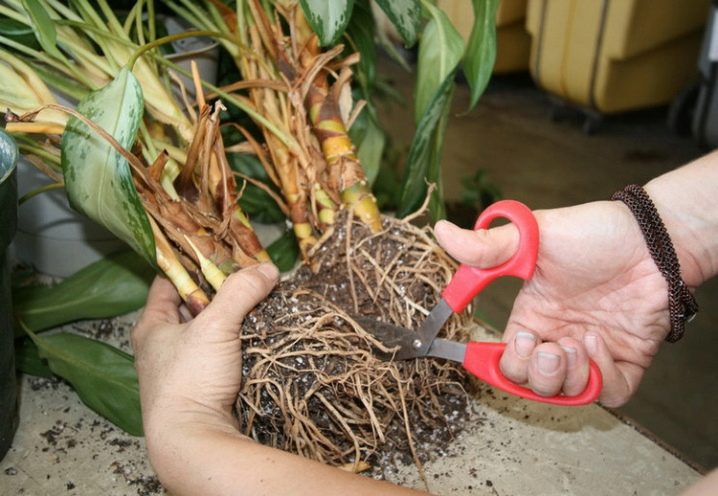
Cuttings
Cuttings can be cut from the main plant. After that, they must be placed in a slightly moistened soil and covered with a thin film. From time to time, the container needs to be opened so that the plants can ventilate. After a while, roots should appear. Then they can be planted in separate flowerpots.

Seeds
Calathea seeds can be purchased at any flower shop. They need to be sown in a previously prepared container with a special substrate, which includes sand and deciduous humus. The temperature for such cultivation should not fall below +21 degrees Celsius. After the appearance of the leaves, young seedlings must be dived, and a little later they can be transplanted to a permanent place.
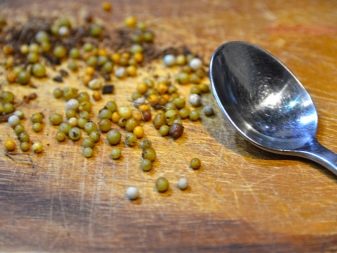
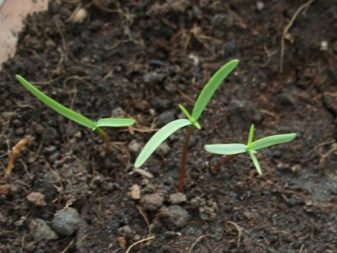
Diseases and pests
Very often you can see that the leaves of the calathea are curled. This may be preceded by a number of reasons. For example, the flower was in cold conditions for a long time, or there were drafts in the room. In this case, it must be moved to a more suitable place, and after a certain period the leaves will return to their previous shape.
In addition, on some plants, you can see the leaves dry. Here it is necessary to see which part was affected. In the case when the tips themselves dry out, this means only one thing - there is not enough high humidity in the room. To carry out the treatment, you just need to spray the ground around the plant or place containers of water. After a while, the dryness of the leaves will pass.
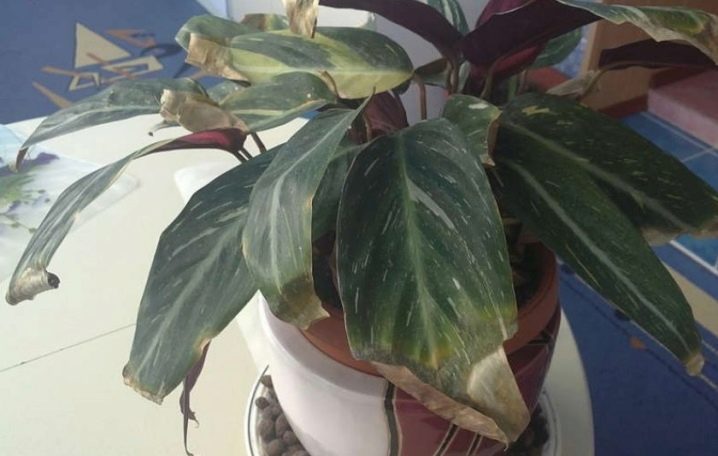
If small spots form on the plant, then these can be sunburns. To get rid of this, the plant must be darkened a little.
In some cases, small sticky spots can be seen on the calathea leaves. They can appear when the plant attacks the scale insect. In this case, all leaves can be washed with a solution of soapy water. If there are too many pests, and folk remedies do not help, then special chemicals must be used. They will definitely make it possible to save your favorite plant.
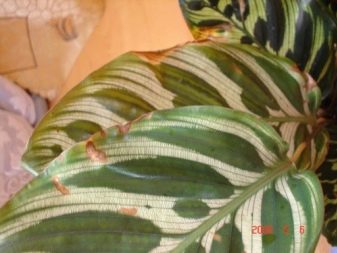

Calathea is a very beautiful and unusual plant that can be a decoration both in the house, apartment, office, and in any other room. However, in order for it to please its owners as long as possible, it is necessary to study all the rules for caring for it.
For caring for calathea, see the next video.





























The comment was sent successfully.